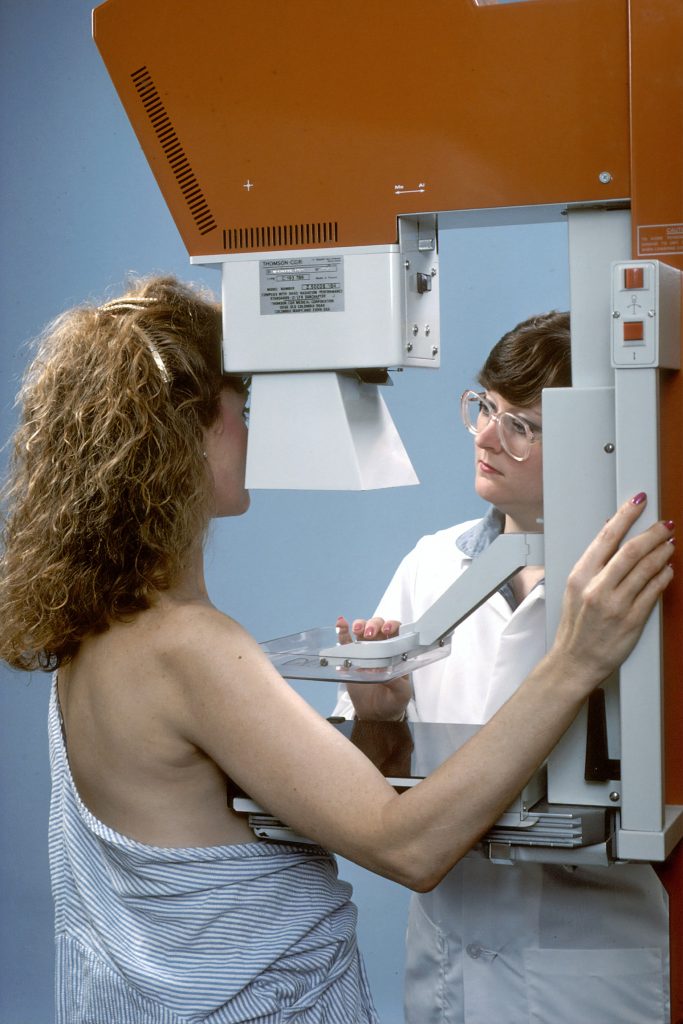Cancers That Affect Women: Learn the Symptoms and Prevention Methods
Breast Cancer
Breast cancer, as the term implies, is cancer that starts in the breast. An abnormality in the way breast cells multiply is found to be the reason for cancer developing in the breast. In many cases, this behavior of the cells causes painless or sometimes painful lumps to form in the breast, which is found to be the most common and early symptoms of the disease.
In addition, other symptoms may include swelling of the whole or part of the breast, changes in the nipple – such as discharge, pain, redness/dryness/flaking of the nipple/breast skin. Maintaining a healthy lifestyle and diet practices are believed to help prevent breast cancers. Owing to a strong connection between hormones and breast cancer, it is recommended to be extra concerned about birth control practices, and consider hormonal therapy post-menopause.

It is also recommended that women have children before they are 30 or so and that they breastfeed as much as they could, because all of these promote healthy hormonal behavior, and may thus, help minimize the risks of developing breast cancer.
Ovarian Cancer
This is cancer that begins at one or both of the ovaries. There is more evidence sought to find concrete causes of ovarian cancer. Nevertheless, some findings suggest that a number of factors such as age, obesity, hormonal conditions (such as PCOS), delayed conception and childbirth can increase chances of ovarian cancer.
Bloating, pelvic/abdominal pain, back pain, unusual vaginal discharge or bleeding, swelling in the belly, and unintended/effortless weight loss are symptoms to watch out for. Healthy diets and lifestyles, oral contraceptives well as are believed to help reduce risks of ovarian and other women cancers.
Cervical Cancer
Cervical cancer is cancer that starts in the cervix. The causes of cervical cancer are mostly connected to the sexual behavior of women. The basis, however, is that those who develop HPV or Human Papillomavirus become more prone to cervical cancer. Thus, by preventing HPV, there is a high chance that you will prevent cervical cancer, too.
The HPV vaccine is highly recommended for those who are at risk of contracting the virus and possibly developing cancer, according to the Gynaecology Cancer Organization. Basic practices such as sticking to one sexual partner, and not engaging in sexual intercourse earlier than the age of 16 or so should reduce the chances of developing cervical cancer drastically.

Endometrial Cancer
Endometrial cancer starts in the lining of the uterine. It is quite easy to detect one owing to frequent bleeding which is an obvious symptom. Thus, bleeding after menopause or between periods might be a warning sign. Mutations of the cellsin the uterus leads to the development of cancer, however, the cause for such mutations isn’t properly known. Studies suggest that, like ovarian cancers, endometrial cancers are likely to affect those of older age, those who have more years of menstruation, those who are obese, and those who took hormonal therapy post-menopause, and those with hormonal imbalances. It may be a good idea to discuss with a professional before starting hormonal therapy and work on maintaining a healthy weight and lifestyles to help minimize your chances of devaluing cancer of the uterus.
